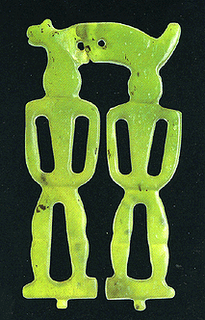Archaeological dig suggests nomads built homes
MASHANTUCKET, Conn. -- A long-held theory about the migrations of ancient inhabitants of eastern Connecticut might change in light of an archaeological dig that has unearthed homes built into a hillside.
Researchers had long believed that the native people who lived in the region about 9,000 years ago were nomadic hunters who moved frequently and did not create permanent living spaces.
But an archaeological dig taking place near a Foxwoods Resort Casino parking garage has uncovered dozens of pit houses, structures built into a hill and supported by timbers.
Click here to find out more!

